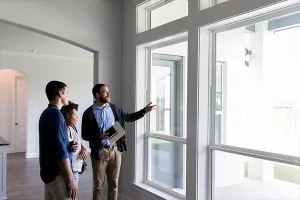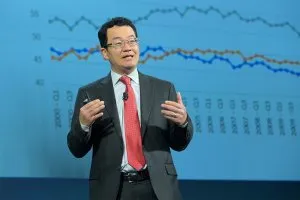This year will mark the seventh consecutive year of a falling homeownership rate, with further declines possibly in store over the next two years. However, the projected fall in the homeownership rate will not be related to the usual trade-off between renting and buying; it will instead be due to the bursting out of household formation that leads to an increase in both rental and owner-occupant households. That is, in upcoming years the housing demand for rentals will continue to grow solidly, while at the same time the demand for homeownership will also be rising.
The long-term homeownership rate is shown below, with the latest data at 65.3 percent as of the third quarter of 2012. That is nearly four full percentage points off the peak figure set in 2004. From 2007 to the present there has been a steady increase in the number of renters, while the number of homeowners actually fell over this time span.

But what is in store for the future? The total household formation in the past five years had been abnormally low, around only a half a million a year. This slow household formation is well below historical norms, but not all that surprising. Even with a rising population, many people facing tough economic times sought additional roommates or moved-in with their parents, thereby not creating housing demand. However, the prolonged suppression in household formation is simply not possible in a country with a growing population. If anything, people living in cramped spaces and basements will want to move out. Now that the economy is creating some jobs, there appears to be a return of household formation to the tune of one million a year. Harvard University expects household formation could even reach as high a 1.4 million a year. Assuming 1.2 million household formation in each of the next three years, the total number of homeowners will be rising as well as the total number of renters. But if homeowner household growth matches up one-to-one with rental household growth then this 50-50 split will lead to further lowering of the total homeownership rate. (Only if new homeowner count exceeds new renter count by a 65-35 split will the homeownership rate not change).
From the real estate practitioners’ perspective, what matters is housing demand. And whether the specialty area is rentals or home-buying, the demand is projected to rise over the next three years. Note that housing starts should be rising by 1.5 million a year just to match household growth and to replace demolished units so that the balance in supply and demand is maintained. According to the Wall Street Journal economists' forecast, housing starts are only expected to reach 940,000 in 2013, up from 770,000 in 2012. A housing shortage looks increasingly likely.










